Fertilizer Crisis and the Possibility of Famine in Peru
ARTICLES
Jorge Muro
5/28/20226 min read

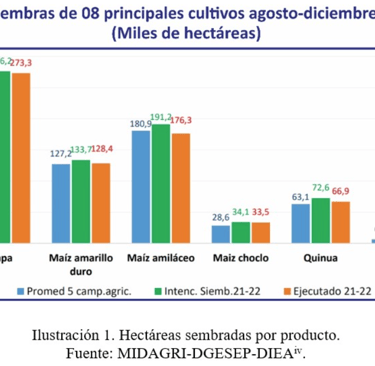
On May 18, 2022, the Secretary-General of the United Nations issued a warning about the unstoppable number of people suffering from hunger in the world, mentioning that the number of people with severe food insecurity has doubled, rising from 135 million before the pandemic to 276 million currently (as of May 29, 2022).
Additionally, he said, "In the past year, global food prices have risen by almost a third, and fertilizer prices by more than half…"
The UN Secretary-General is mistaken in the case of Peru. The evolution of the price of urea, phosphate, nitrogen, and others in Peru is as follows:
Price of urea before: S/ 70. In January 2022: S/ 193. Currently, as of May 29, 2022: S/ 250.
That is, in a short period, the price has multiplied by 3.6 between 2021 and 2022. Regarding rice, the harvested area was approximately 417 thousand hectares.
As we can see, there is a clear discrepancy between the number of hectares of rice planted and those shown in the chart. According to another document from MINAGRI: Observatorio de las Siembras y Perspectivas de la Producción – Arroz, Boletín Cuatrimestral No 2 – 2021: “The plantings during the current agricultural season, from September 2020 to February 2021, would reach 252 thousand hectares.”
Whether it is 300 thousand or 400 thousand hectares of rice cultivated, the fact is that if we consider 380,000 hectares of rice alone, requiring 12 bags of urea per hectare, 4,560,000 bags of urea are needed. If we add sugarcane, corn, potatoes, and other products, the number is considerably higher (Svein Tore, CEO of Yara International).
This fertilizer crisis is due to:
Scarcity.
Price increases.
Additionally, fertilizers known as NPK, the chemical symbols for nitrogen, potassium, and phosphorus respectively, have followed the same trend, along with urea itself (CH₄N₂O).
Fertilizers represent a significant percentage in the cost structure, which under normal conditions is 27% for rice, 16% for asparagus and coffee, and 11% for potatoes. Naturally, farmers have to incorporate these costs into their selling prices, resulting in higher food prices, causing inflation, which in turn severely impacts the household basket. This is exacerbated by the fact that Russia was the main supplier of fertilizers to the Peruvian market in 2021, and it faces accusations of failing to timely negotiate alternative fertilizer supplies.
As of April 2022, the deficit of fertilizers was 180,000 tons of urea.

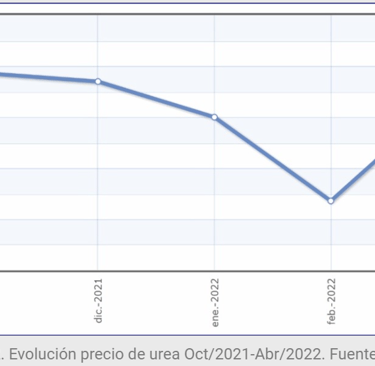
Thus, the food outlook in Peru in 2022 has an accumulated inflation rate of 3.15% as of April 2022, and the FAO estimates that the price of these foods will rise by an additional 8% to 22% worldwide for the rest of 2022.
It is little known that it was not the writings of Rousseau and the encyclopedists that triggered the French Revolution (1789).
"Years of climatic stress, financial instability, and political conflict brutally converged in 1788 and 1789. A severe drought in the spring of 1788 left staple crops stunted and withered. On July 13 of that year, one of the most severe hailstorms in recorded history struck France. The storm cut a swath of destruction that hit and destroyed fields and vineyards. The grain shortage caused prices to skyrocket, and families that previously spent 50% of their income on food were now dedicating more than 90% of their household budget."
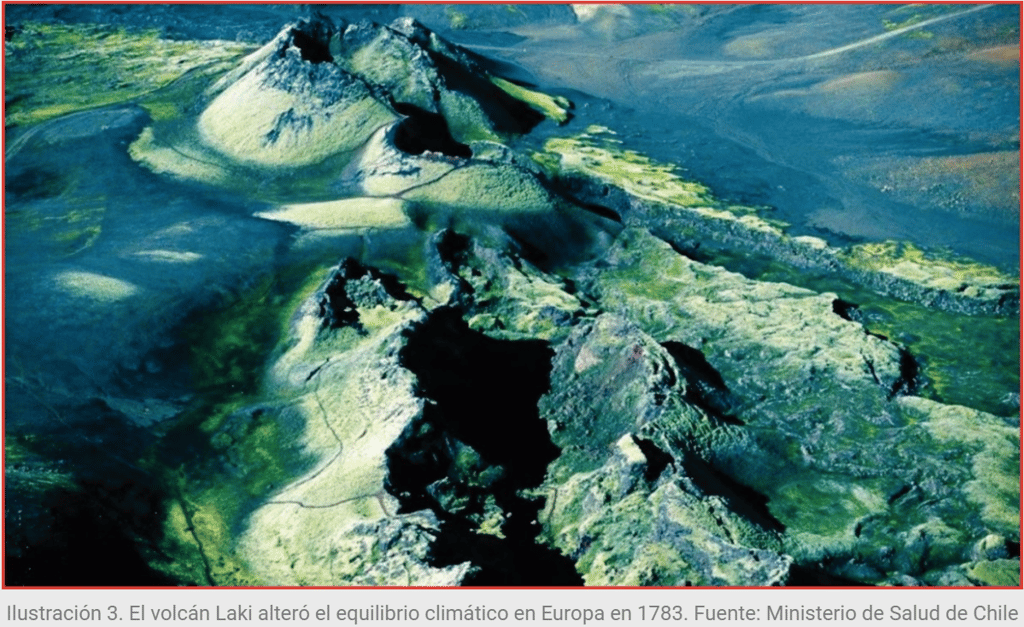

Since June 1783 and for eight months, a crack in the Laki volcano, Iceland, emitted 120 million tons of sulfur dioxide into the atmosphere.
Crops, livestock, etc., were lost, causing future U.S. President and ambassador to Europe, John Adams, to write about the situation in France:
"The country is a heap of ashes. Grass is barely visible and all kinds of grain are short, thin, pale, and weak, while flax is quite dead... I pity these people from my soul."
It was then the famine and a series of concurrent events that triggered the French Revolution, during which 16,594 French citizens, including the king and queen, were guillotined.
Let this historical example serve to consider that famine can be a catalyst for "social effervescence," to say the least.
As a consequence of the Russia-Ukraine war, there is an increase in the price of gas and an international energy crisis. There has also been a temporary shutdown of some fertilizer plants. Adding to this is the reduction in gas and fertilizer exports from the United States and China, and the increase in maritime freight costs (multiplied by five, at least), which raises the cost of everything that is exported or imported.
Another significant factor is China's zero-COVID policy, which has yet to control the Omicron variant of the SARS-CoV-2 virus, as we can see.
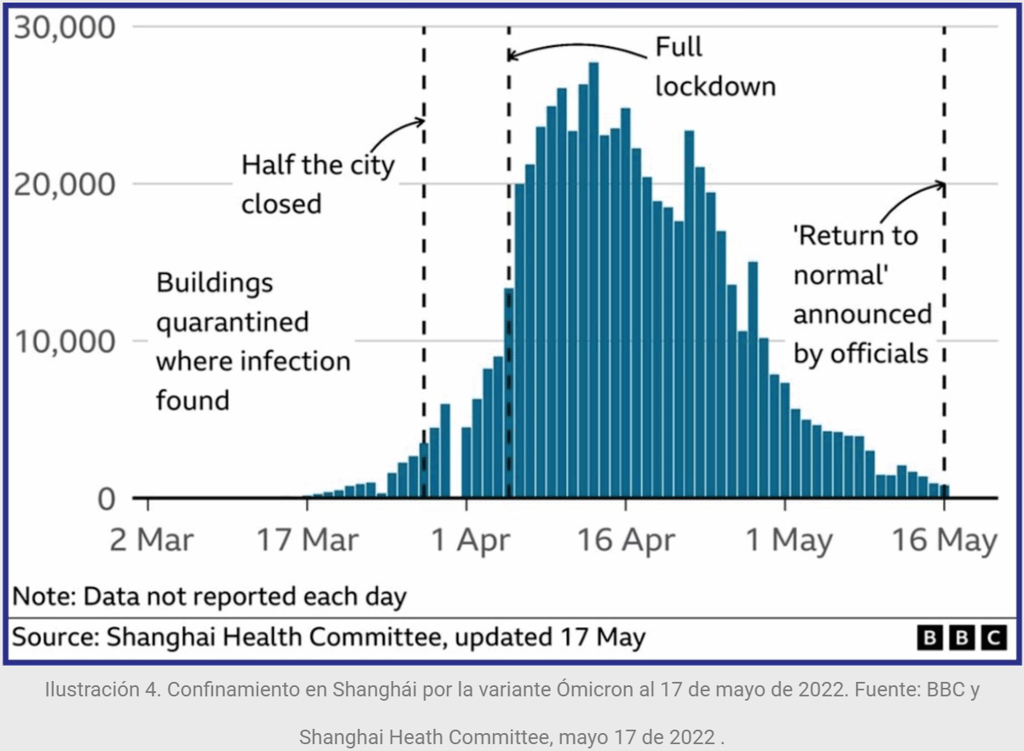

During this lockdown in China, the decision was made to indefinitely extend the total closure of the city when cases surged to over 13,000 per day in early April. On April 1st, authorities in Shanghai locked down the entire city to halt the virus spread and instructed its over 25 million residents to stay at home. Shanghai, responsible for more than 3% of China's GDP and over 10% of China's total trade since 2018, took the lead in this measure. Additionally, China has confined 400 million residents across 45 cities, with Shanghai being the foremost. Undoubtedly, global trade has been affected as much of the port infrastructure, or a significant portion thereof, remains closed.
According to the same source [BBC], vaccination rates among those over 80 - among the most vulnerable - remain much lower compared to other age groups.
Another issue is that China has heavily relied on domestically produced vaccines, which have encountered issues with the latest variant. The strict lockdown in Shanghai to curb a COVID outbreak is finally easing. However, China is far from achieving its zero-virus goals. New outbreaks have been reported in Beijing and Tianjin. President Xi Jinping is undermining China's prosperity partly due to his insistence on eradicating an eradication-resistant virus. Yet, even as tensions rise over his virus policies, there are few signs of real challenges to Xi's government.

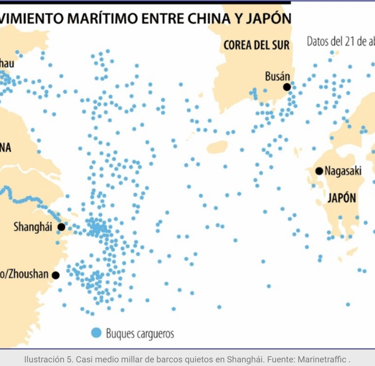
This has caused shortages of products and supplies of all kinds, with fertilizers not being the exception, thereby threatening supply chains. The price increase of this chemical component is not only affecting agriculture: urea is also crucial for producing diesel exhaust fluid, a solution used to reduce emissions in diesel-fueled vehicles [BBC, News Mundo, December 9, 2021].
Impact on national defense
Based on everything seen, inflation and increased poverty are not the only forecasts; there is also potential for food shortages and price hikes, with all the implications that entails.
The implications for national defense are unpredictable, but the effects on national development are predictably disastrous in terms of famine. This price increase in Peru is part of a context of food insecurity, which has worsened in Latin American countries due to the pandemic. Mariana Escobar, representative of the FAO in Peru, indicated that due to the pandemic, around 15.5 million Peruvians are in this situation, unable to access three meals a day and lead an active and healthy life. The FAO estimates that hunger will continue to spread.
Additionally, to exacerbate matters, according to the World Bank, the increase in thermal coal prices in China led to electricity use rationing in some provinces and forced fertilizer factories to reduce production.
Conclusions
Famine is a serious national problem, more so than any other issue, as food is one of the basic and vital needs of our species.
Manifestations and unrest cannot be ruled out, and given the loss of authority in the country (e.g., Las Bambas, Apumayo, Cuajone), it is possible that protests or unrest may not be contained, leading to an increase in anomie or lawlessness and the degradation and lack of social norms.
Recommendations
In the immediate term, procure fertilizers where available. Urgent purchase of urea reactors should also be considered, as although their installation and startup will take time, it will ensure the availability of this input for agriculture.
This is because the feedstock for urea plants is natural gas, which is found in various locations in Peru.
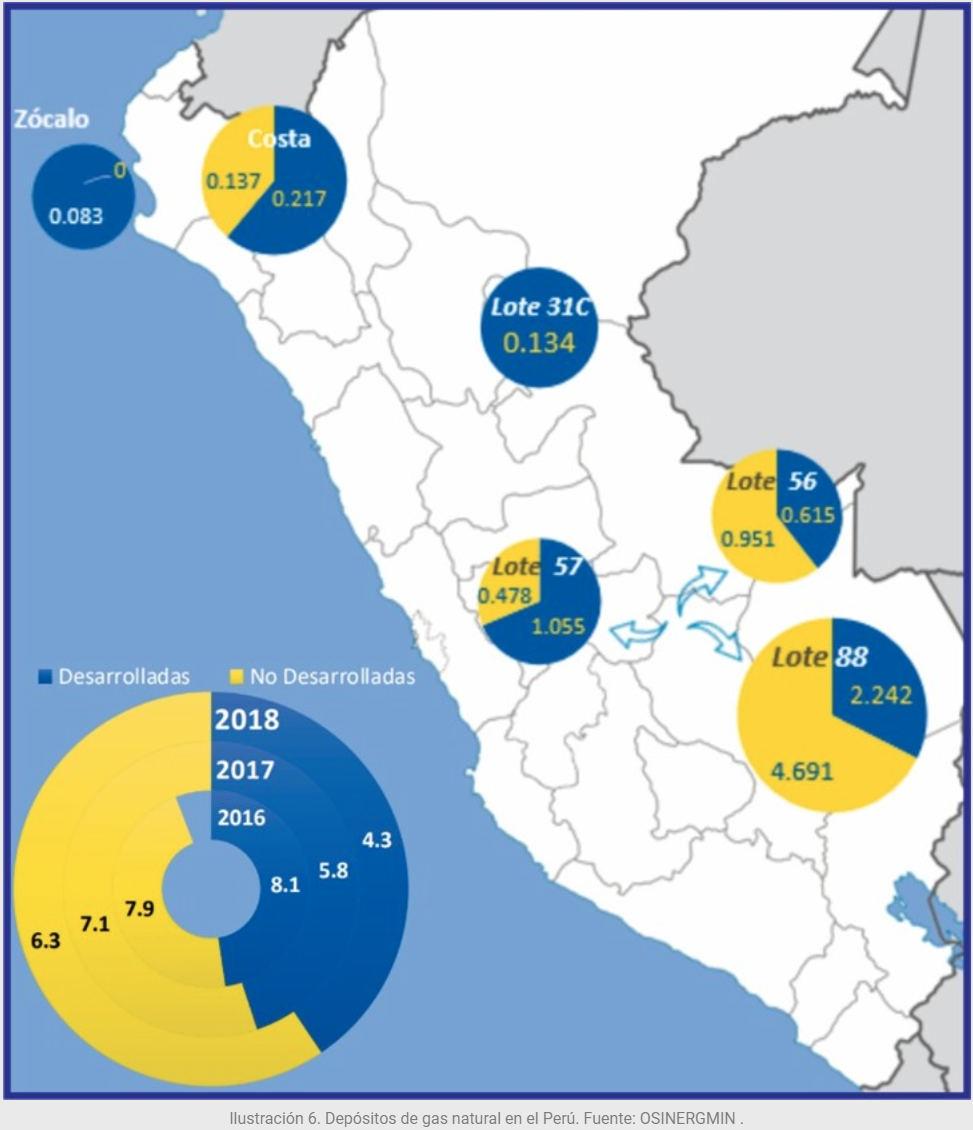

Considering that a urea manufacturing plant costs more than two sets totaling US $10,000, with an output of 8,000 kg/hour per set, and with larger and smaller sizes available on the market, this equipment is suitable for producing ammonium bicarbonate, ammonium chloride, ammonium sulfate, ammonium nitrate, monoammonium phosphate, etc.
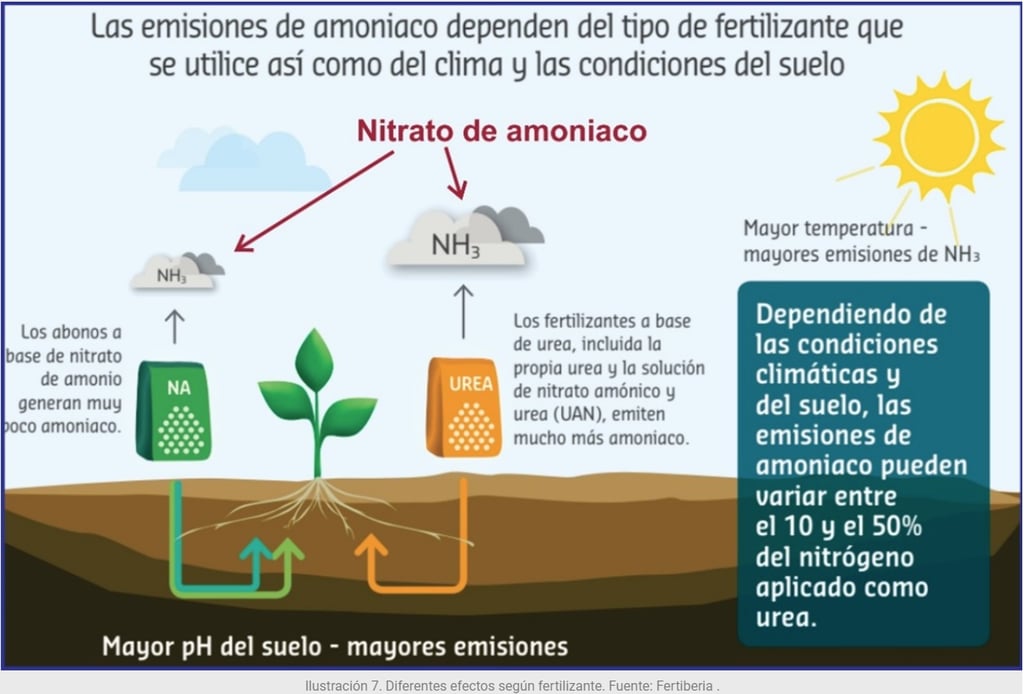

Also: Guano from the islands is not a viable option since it is finite and would only be sufficient for 1-5% of cultivable agricultural land, according to consulted experts.
Political Constitution of Peru
Article 1.- The defense of the human person and respect for their dignity are the supreme ends of society and the State.